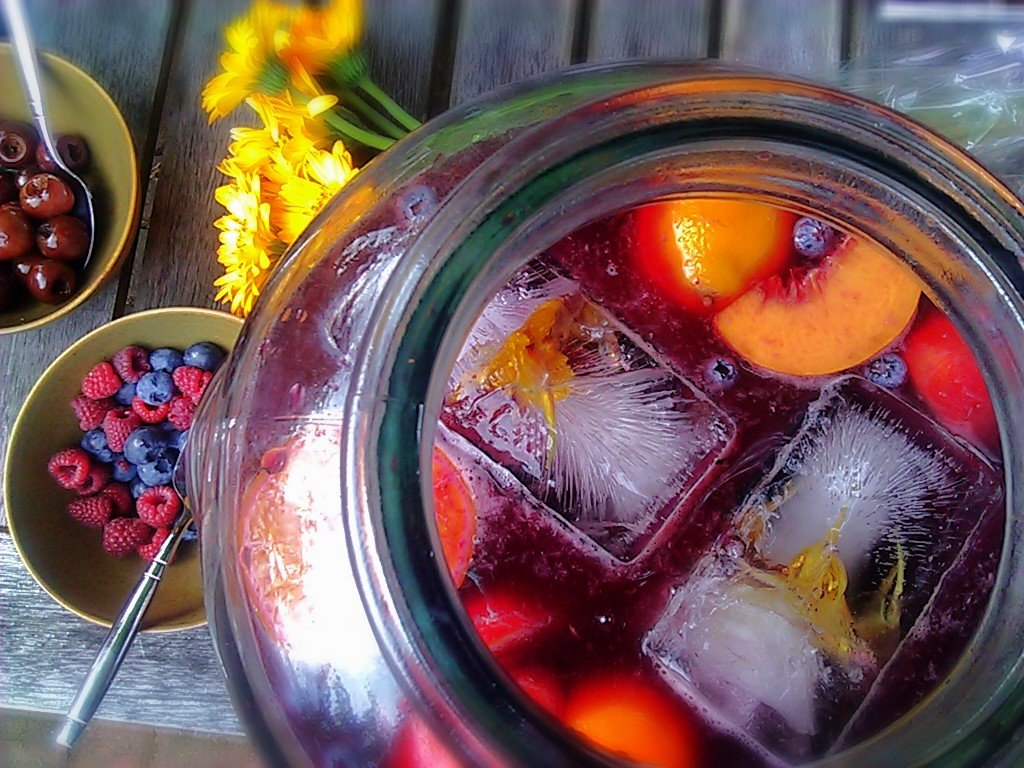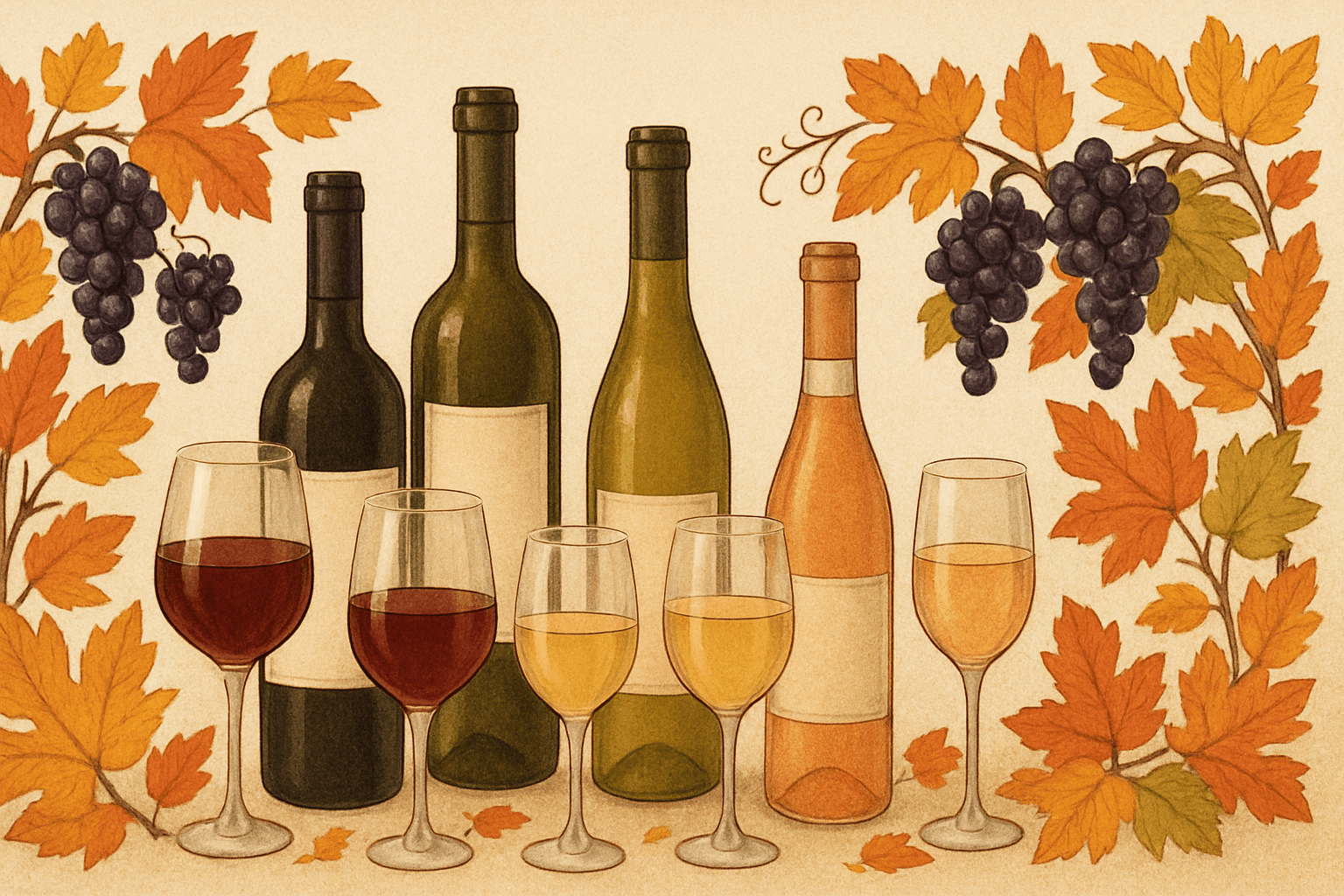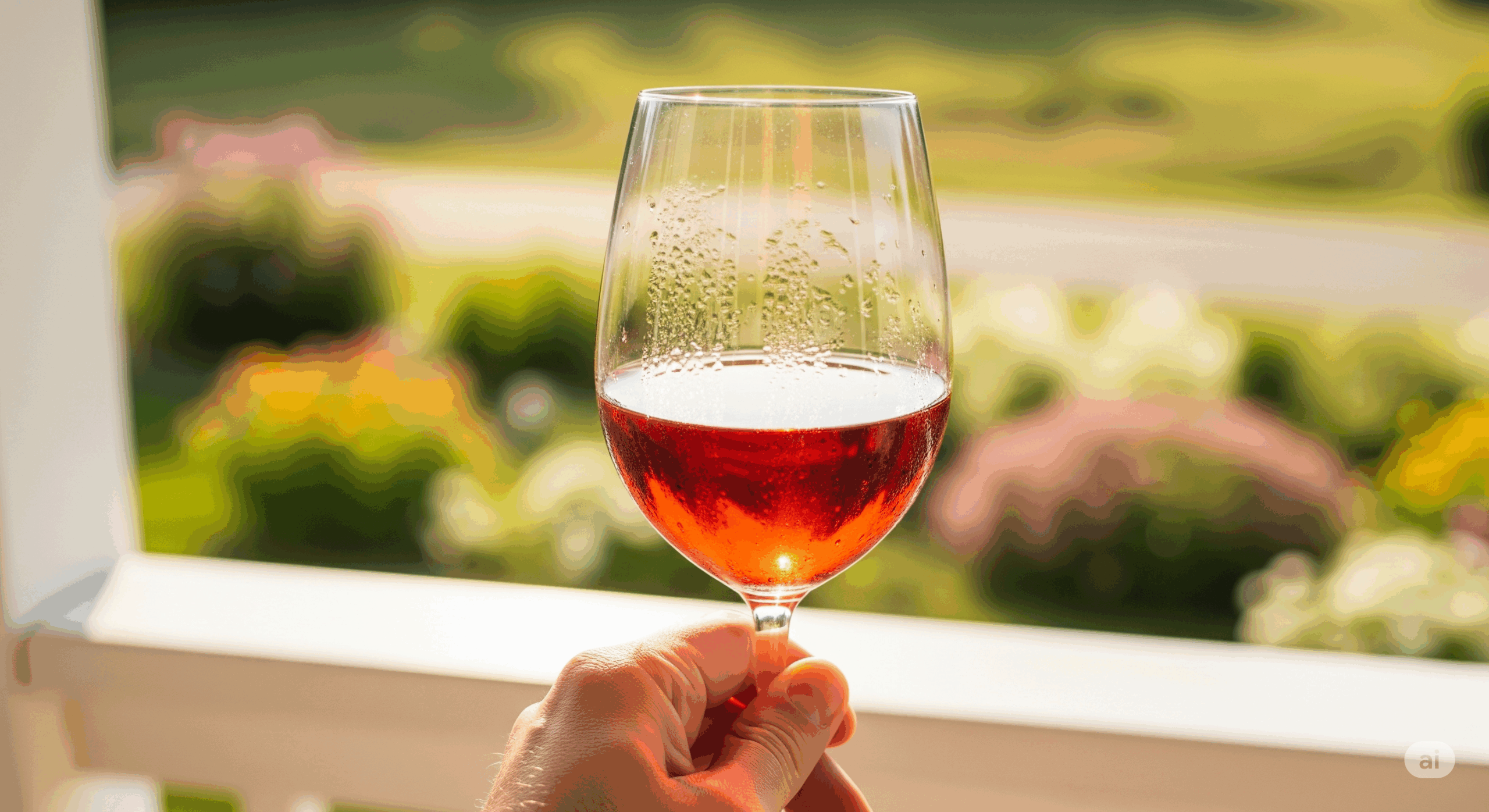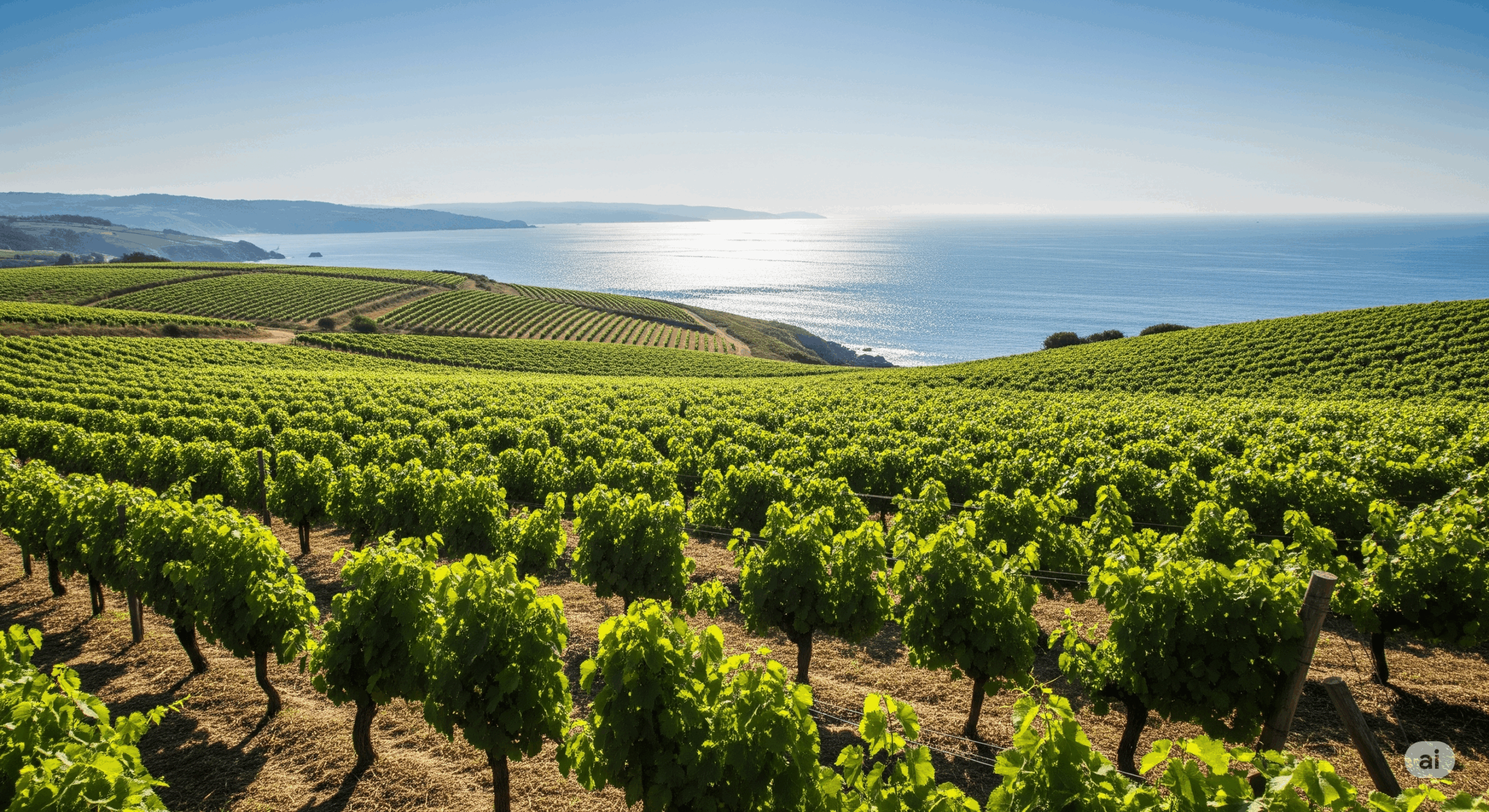Spain produces some amazing wines (think Rioja). It’s also the birthplace of an American favorite – Sangría. This boozie punch was introduced by Spain at the 1964 World’s Fair in New York City and it’s been quenching America’s thirst ever since.
The origins of Sangría are hazy. Early Romans were known to mix their wine with various concoctions. During those times, water was infested with all sorts of nasty bacteria and unsafe to drink in its natural state. Alcohol was a common ingredient to purify water and make it drinkable and wine gave it flavor. The concept of a minimum drinking age was foreign back then and so, once an infant was off milk, it was straight to the bottle (literally!).
While the Spaniards flirted with winemaking from vines planted by the Phoenicians in 1,100 BC, it wasn’t until the Romans conquered Spain in 200 BC and planted red grapes in abundance, that winemaking began to flourish. Roman palates were never satisfied, and so wine alone wouldn’t do it. Romans watered down the wine and mixed it heavily with sugar, herbs, and exotic spices. They also used some other interesting, and ultimately fatal ingredients (see No. 6 here). When the spices ran low, the Romans (and the locals influenced by them) turned to other ingredients found in Spain — including the abundant orchards — thus creating modern-day Sangría. Sangría means “bloodletting” in Spanish and was likely coined from the dark reddish hue typical of red wine.
Some conflicting accounts state that Sangría originated in the Caribbean in the 1700s. Spanish merchants traded heavily with their colonies and so the concept of mixing imported Spanish wines with local Caribbean ingredients makes sense. The Romans did it, the Spaniards did it, so why not the Caribbeans? The version of Sangría that became popular in the Caribbean is called “Sangaree” and is a much fruitier, boozier cousin that is mixed with rum, citrus, and topped with fresh nutmeg. Like all forms of wine punch, everyone has their own secret recipe and many versions flourished over time.
European law now states that Sangría must be made in Spain or Portugal to be called “Sangría” and must have less than 12 percent alcohol by volume. But the best Sangría is still homemade. Over the years, I have tasted and tested various forms of Sangría and, over the years, the below recipe has been the most well-received. Be careful though, it will sneak up on you!
Recipe makes about a pitcher. Feel free to double, triple, or quadruple to your heart’s desire.
Ingredients
- 1 Bottle of red wine (preferably a young Rioja (like this one), but you can substitute an Argentine Malbec or Cab, Australian Shiraz, or California Zinfandel). Goal here is to use a young wine that will soak up all the yummy fruit goodness. Also, these regions tend to produce reasonably priced, great quality options. If you’re spending more than $15/bottle for use in Sangría, you are spending too much.
- 1 Lemon cut into wedges
- 1 Orange cut into wedges
- 1 Lime cut into wedges
- 2 Tbsp sugar
- Splash of orange juice
- 1 Small can of diced pineapples (with juice)
- 4 Cups ginger ale
- 1 Cup of mixed fresh raspberries and sliced strawberries
- 2 shots of Brandy, Gin, or Triple Sec (Your preference and totally optional. I rarely use spirits for this recipe, but some folks prefer it.)
Preparation
Pour wine in a large bowl that will fit in your refrigerator overnight. Squeeze the lemon, orange, and lime juice from the wedges into the bowl and then toss the wedges in the bowl as well (leaving out as many seeds as possible). Add the pineapple with juice, sugar, orange juice, and optional spirit. Cover and chill overnight.
When you’re ready to serve, pour the liquid (without the fruit) into a pitcher straining as much as possible. Add the ginger ale, fresh berries, and ice and you’re set!
Plan B
Okay, sometimes we don’t have 12-24 hours to marinate wine. If you’re in a pinch, the best plan B is to pick up a bottle of Sangría from the store. Hands down, here are two great options for red and one for white Sangría:
- Kirkland Signature Sangría Classic Red ($7). Yes Costco, but 1.5L at this price? It’s a solid bargain and great tasting.
- Lolea No. 1 Sparkling Red Sangría ($13). Can usually be found at Whole Foods, Total Wine & More, and online.
- Lolea No. 2 Sparkling White Sangría ($13). A nice alternative to red wine. Very refreshing. Can usually be found at Whole Foods, Total Wine & More, and online.
Enjoy!
Regardless of your chosen path, Sangría is always sure to please whether it’s a summer BBQ, Sunday brunch, Tapas dinner, or those infinite “just because” moments. And don’t feel like you must follow any recipe religiously. Experiment. That’s part of what makes Sangría fun. Happy Hunting!
Did you like this content? If you did, let us know and share it with your friends.
This page contains affiliate links. We receive a small compensation when you purchase through affiliate links. While clicking these links won’t cost you a cent, it will help us keep the lights on and buy more wine. To find out more, click here.






